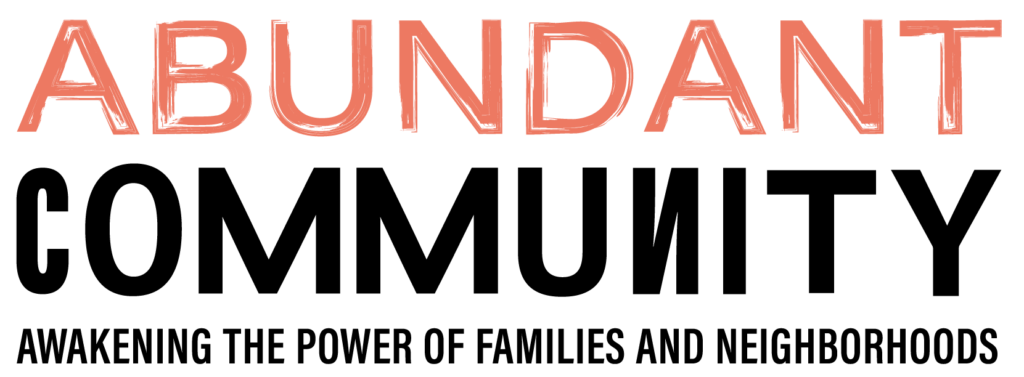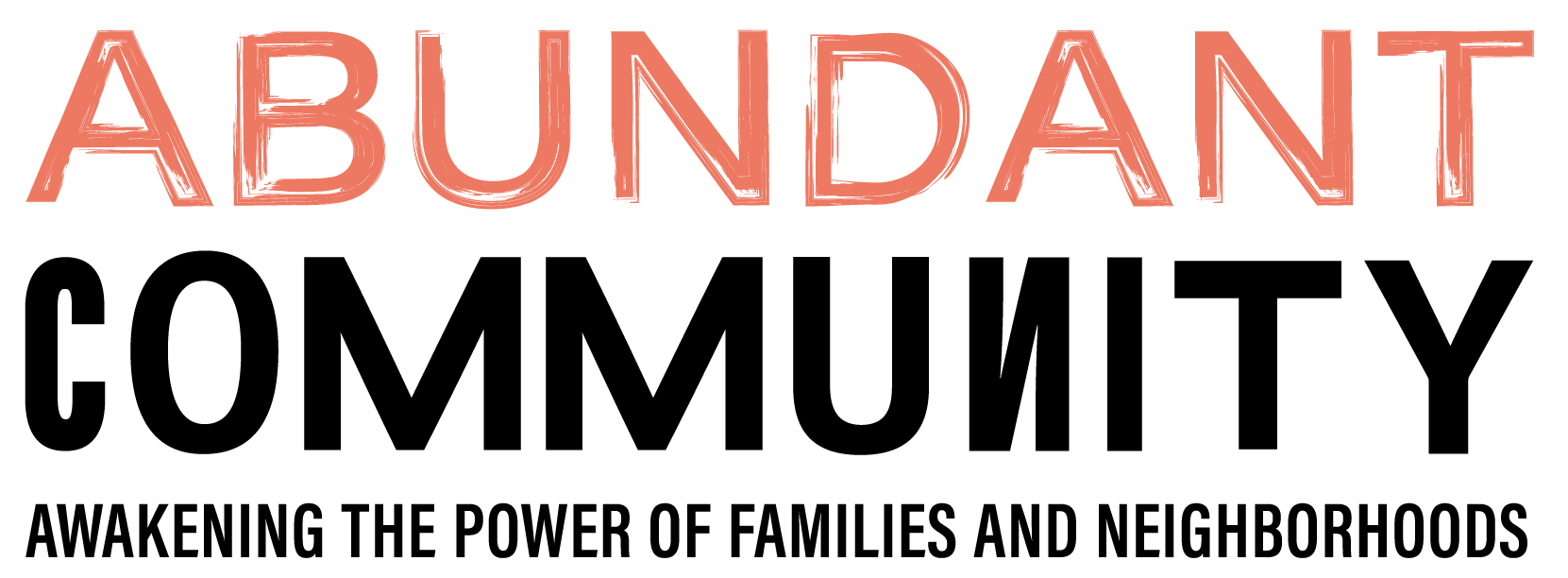
Who other than prophets and poets could imagine re-enlivening 131,000 square feet and 10 acres for the purposes of community? Such daring.
At the very end of McDonnel St. in Peterborough, Ontario is a gateway to a different way of life, past and future.
For years, St. Joseph’s at The Mount was home to a religious life. From there emanated many community works. Women who chose a life in the world but not of the world served community in the streets and at the head of substantial organizations. Their home for 90 some years became a place imbued with a legacy of faith, spirit, and service.
Now, as you pass through that same gateway and meander up the winding road, what unfolds for you to see is a 131,000 square foot building on ten acres of land just up the creek from centre of town.
It is no longer home to the Sisters of St. Joseph.
Across the country, formerly sacred spaces like this abound. There are former convents and churches being retooled for all manner of commons.
Knowing their way of life and religious order was, as they say, coming to completion they released the building and the land. The developer who purchased it left it fallow. Let’s for fun imagine that the place itself was holding out for a better deal. Providence had something else in mind perhaps. Then, members of the community issued a community bond, bought it back, and, as if hearing from the place itself recommissioned it for the sake of the commons, another way.
This is a big deal. A very big deal.
In time and in retrospect, if it works (and it will), people will see The Mount as an act of prophetic imagination. Consider the scope of the project. Who other than prophets and poets could imagine re-enlivening 131,000 square feet and 10 acres for the purposes of community? Such daring.
They dare further to imagine a home to people of all walks of life, youthful and aged, in geared to income apartments as well as market rent two story loft apartments. They dare to imagine a community garden, kitchen and café. They dare to imagine hosting community groups through the day, evenings and weekends. They dare to imagine Shared Dreams, an intentional community home for six men with disabilities, a few steps down the hall from commercial office tenants and an elevator ride away from public halls brimming with music, arts, learning, and excitement. They dared to raise two million dollars to buy the property and then figure out where the rest of the millions needed to fulfill the vision would come from as they went.
This was an act of courage. It is a massive, massive undertaking.
And why is it important?
In this place, what is being undertaken is no less than a pioneering foray into social evolution. The very vision of it is an act of imagination outside of and beyond our current and dominant thought patterns, ways of congregating, ways of using space and land, and ways of life. It is non-segregated and inclusive. The Mount hosts multi-use, multi-faith, multi-income, multiplied abilities, in short, a whole life. It is a place where a variety of life’s components and people from all walks of life, doing all sorts of things, are mixed and mingled. There are already people who live here, people who work here, people who play here, people who engage in the arts here, people who visit here, and people who get married here, all within this ten-acre space overlooking the centre of town and beckoning people hither.
Across the country, formerly sacred spaces like this abound. There are former convents and churches being retooled for all manner of commons. Some of them are hard over commercial. Some of them are being put to segregated use, like apartments or convention centres. Others are becoming community hubs of social innovation and entrepreneurship. Some even maintain their spiritual roots.
These properties are also very often placed in the centre of cities and towns. It was once felt that a community was defined by whether or not you could see the steeple. If you could, that was your community. They define a place. They carry meaning. They are available.
In few other places has such a mammoth gesture in the direction of the commons been made.
In this case, at The Mount, a fuller expression of possibility, inclusion, and community is alive than in most. In some of those other places, by comparison, should they step too quickly they may look back and say, “we could have done what was done at The Mount.”
What is being attempted at The Mount is nothing less than redefining, by the way we occupy a place, how we are as a community. It is already a social hub. Talk of hubs abound in many sectors these days. In many places it remains a buzzword, at The Mount, well, it’s all just buzzing. Not just a word, but something real.
Here’s what John Martyn, board vice-president at The Mount has to say about what is already happening:
“We currently have an apartment building that has 43 apartments and a range of individuals and range of income levels and a range of needs from across all ages from relatively young to relatively senior. We have the development of a series of garden complexes that are becoming very important in terms of building community and producing fresh food which help not just our tenants but others in the environment. We have our just opened wonderful kitchen and café which is becoming popular with those who work and live at The Mount and visitors who enjoy healthy home cooked meals.
“We have six organizations who are running their offices out of The Mount. In addition, the location has become a centre for all kinds of different community groups and organizations who are taking advantage of the space.
While impressive, this is a cursory summary of what is happening up here. It goes much deeper than even this.
Despite its ambition this is no Hail Mary pass. Long, hard thought and contemplation is at work. One of the high order priorities for The Mount is housing. Once again, the space and building itself seems to speak some of the answers.
John says he is, “increasingly realizing that the cost of creating non-profit housing for low-income folks is enormous. It is almost impossible with the cost of materials, labour, and land to expect any non-profit organization to do just housing.”
What is needed, says John, in addition to the rental accommodation for people with low incomes is to have other sources of revenue to keep the organization working effectively and sustainably. Several organizations, purposes, and assets working together interdependently have the power to transform and create community that is truly inclusive.
It’s no wonder people from outside the Peterborough community are taking an interest.
“The community has been incredibly supportive of the work we are doing. We have a significant core of volunteers. We have providers, for example, we have a veterinarian who comes in to care for some of the pets of our residents. We have organizations who come in to help individuals in need. In the fall we are starting Community Art Making. It’ll be an opportunity for community members from all over to come in over a period of weeks to learn, from professional artists, how to paint. We have developed close relationships with students from St. Peter’s Secondary School. We hope to have some intergenerational activities going on,” says John.
But there is work to do and meaning to be found in doing it. What does John figure is necessary for this pioneering effort to succeed?
“What I would like to see would be businesses or people with special skills that they feel could contribute to community growth to come forward and offer those services,” he says.
Those John is calling on, businesses and people with special skills, are the true progressives, those who put their hands to work while their prophetic imaginations break paradigms and refashion reality.
On this ten acres it could come to pass that a way is shown about how to cultivate community in an inclusive, deeply democratic way. From this ten acres a legacy of giftedness and service, an example of how community can be done differently and well, could continue to emanate.
That is just the sort of thing that is happening at The Mount. That is why it is so important.


